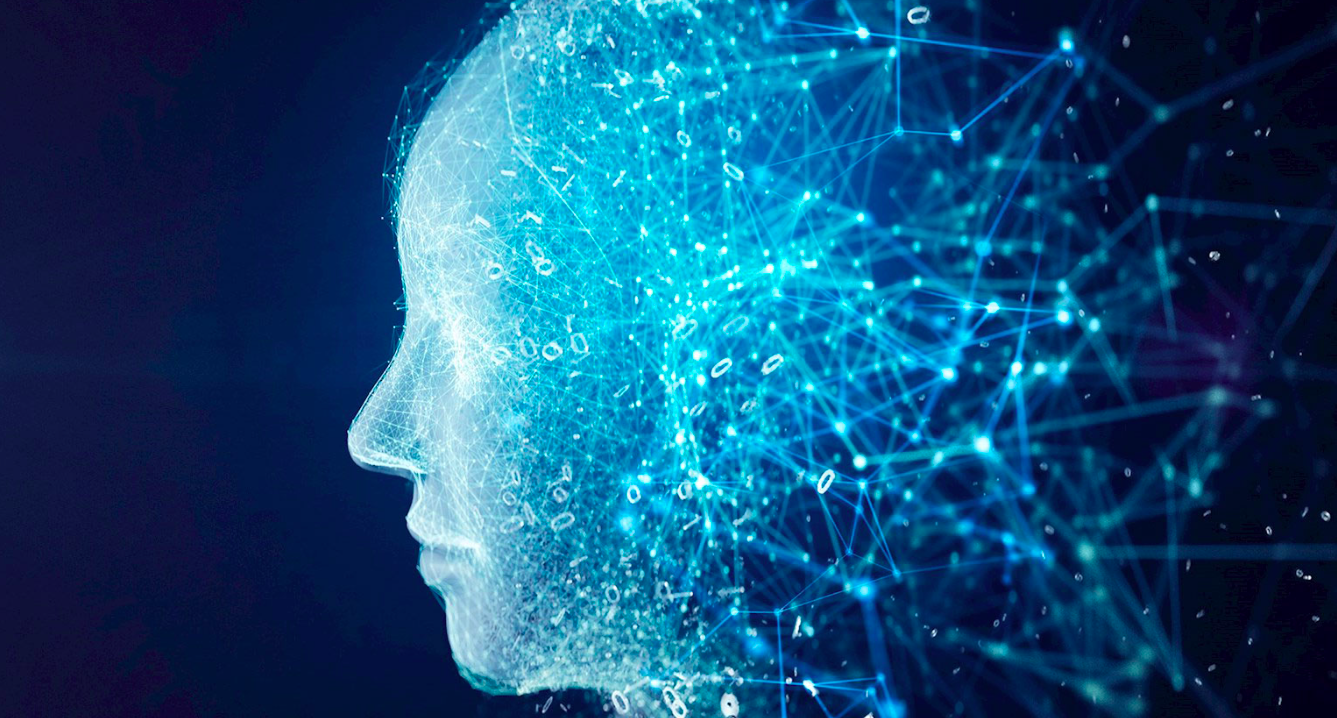James Cooper: How AI will change the future of creative departments.

James Cooper, Co-Founder of Creative Content Works and Creative Director of GENIE, the creative industry’s first automated talent agent, argues that AI will soon be at the heart of all agency creative departments.
When people say that automation will save the creative industry, it always raises a few eyebrows.
The idea of machines being creative, or replacing creatives, scares people, but it’s inevitable. In the same way that software replaced much of the creative process like typesetting or retouching, the same will happen for ideas.
Of course, artificial intelligence will not replace every single person in the creative process, but the other change we’ll see in the next few years is that AI will choose who is best to work on your creative project.
Let’s talk about ideas first. Most creative people baulk at the idea that a machine can be creative, but they already are. Instagram filters are creative decisions. How about original content? AI already produces faces that look 100% real through the process of deepfake. This is because, even though a face is complex, it’s actually made up of five or six key features, so the AI can figure out patterns based on analysing billions of previous faces, and it works surprisingly well.
The same technologyis even coming along to create landscapes; we are about a year away from asking a machine to create a Scottish Highland scene that would be 100% usable in 99% of any marketing communication.
What about copy? Can machines write decent headlines? Yes and no. The most common AI for producing text is Open AI’s GPT2 and, more recently, GPT3. As with the faces, the machine is only as good as the data you feed it. So, for example, if I ask GPT2 to write about Elon Musk it comes back with something pretty decent, because there is a lot of data about Musk. However, if I ask it to write something about my favourite music producer and DJ, Andrew Weatherall, the results are gibberish. To be clear, this is using GPT2 (the less advanced model). GPT3 will improve this, and just like creating an artificial Highlands image, we are probably a year or two away from a model that can write great copy.
But would these images or lines of text pass the Creative Director test? Eventually, AI will be used like a creative team and, as CD’s, we can ask it to come up with some ideas and then we will take those ideas and improve them. This is not particularly different to what happens in a traditional creative department and, just like in those situations, some work will get a thumbs up from the Creative Director, and some won’t.
We will creatively direct the AIs, which will produce work; some of it will be rubbish, really rubbish, often nonsensical, but some of it won’t be. The AI will think of connections that no human creative would. The challenge will be limiting the output of the AI because no CD has time to look at 100 ideas, let alone a thousand, or a million. I believe that AI will soon find its own seat in the creative department of the future, and I can’t wait.
What this department looks like will also be determined by machines. Even before the pandemic, the creative workforce was shifting dramatically, Covid just sped that up. Offices may or may not come back, but the distributed workforce is here to stay. Employing and managing creative professionals has always been hard, but now it’s even harder. Step forward the machines. Software like GENIE, an automated talent agent that algorithmically matches talent to briefs, is an indication of where talent management is heading – right now – for the creative industry. Soon, it will be the norm across almost every industry.
With the right data, a machine can instantly put together the right team for any job. Machines do all the hard work. They can see who is right for the job based on past work, who is actually available, and what their rate is. No searching, no scrolling back and forth. The machine can also handle all the paperwork, payment and tax status. The trick will be making a service that feels fun to use – for both clients and the talent. This means taking some time to give the machine personality and character. One more job for the human copywriters!
If agencies and organisations invest in machines to find and distribute talent more efficiently, I believe there will be more time and money for them to invest in other human skills. Whether that be more training or mental wellbeing. Just like with the machines creating images or text, it’s about making the best of the machines to improve output across the board.
This article was originally published in Shots on 20th AUGUST 2022.